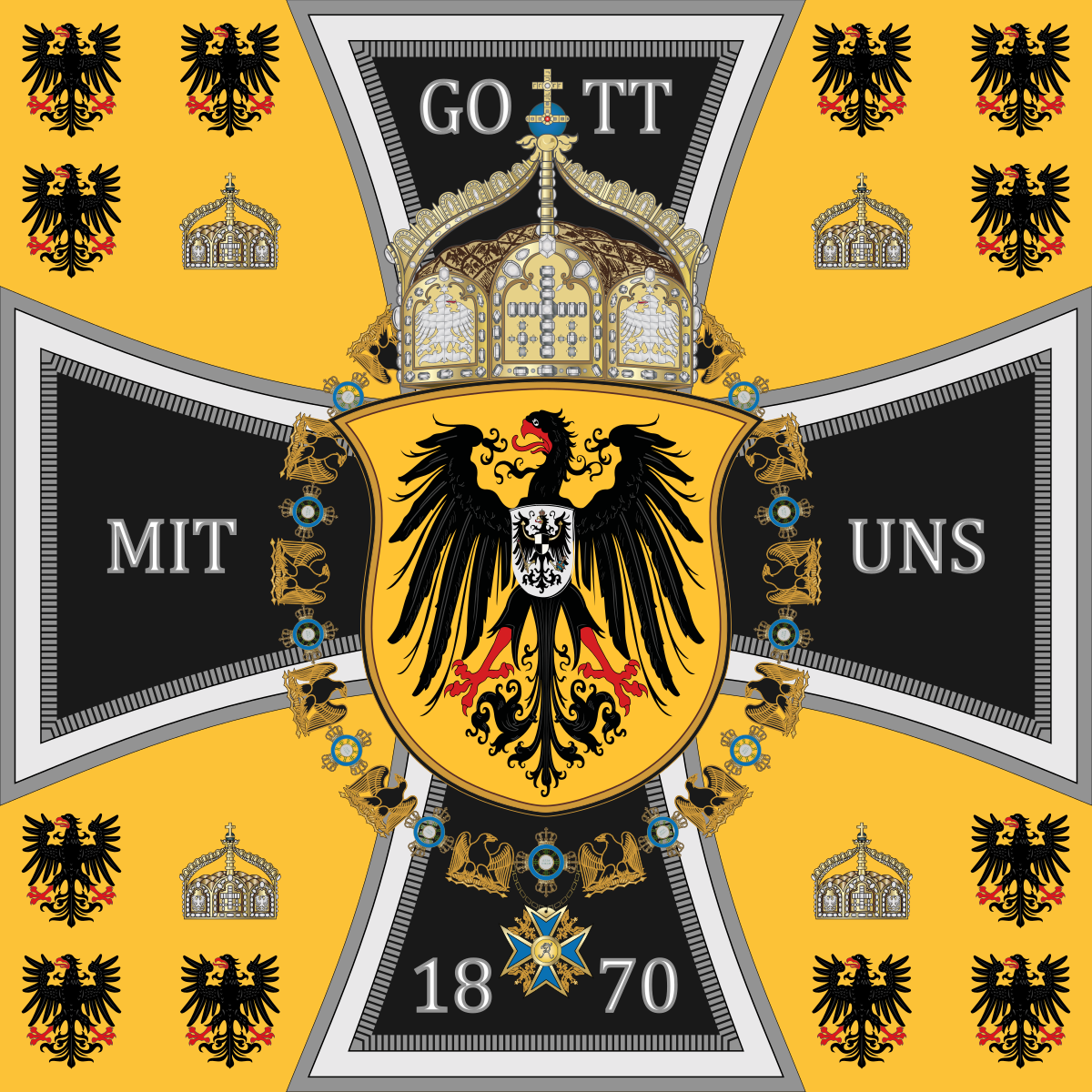BlackDragon98
Banned
After some examination, I noticed that the German military seemed to have learned almost lessons from WW1.
Some things they should have taken note of when prepping for WW2.
1. Combat Shotguns
What if the Germans made a copy of the Winchester M1897 Trench model shotgun after seeing it's success in WW1? (captured examples were used extensively by German troops in WW1, mostly Sturmtruppen)
2. Inefficient aircraft production for much of the early war (till late 1941)

 en.wikipedia.org
"The Army closely cooperated with industry, especially in the World War, with particular focus on the very rapidly changing aircraft industry. The Army set prices and labor exemptions, regulated the supply of credit and raw materials, limited patent rights so as to allow cross-licensing among firms, and supervised management–labor relationships. The result was very rapid expansion and a high output of high quality aircraft, as well as high wages that attracted the best machinists. Apart from aircraft, the Army's regulation of the rest of the war economy was inefficient.[15]"
en.wikipedia.org
"The Army closely cooperated with industry, especially in the World War, with particular focus on the very rapidly changing aircraft industry. The Army set prices and labor exemptions, regulated the supply of credit and raw materials, limited patent rights so as to allow cross-licensing among firms, and supervised management–labor relationships. The result was very rapid expansion and a high output of high quality aircraft, as well as high wages that attracted the best machinists. Apart from aircraft, the Army's regulation of the rest of the war economy was inefficient.[15]"
What if the person in charge of the Luftwaffe (my choice would be Wever) remembered these lessons?
3. Sturmtruppen tactics for regular Heer infantry divisions
What if the Germans trained their regular infantry divisions in Sturmtruppen tactics and equipped them in the same ratios as Sturmtruppen (LMGs, SMGs, flamethrowers, mortar squad. etc.) instead of equipping them with a shit load of K98ks (it's actually cheaper to make MP40s than K98ks because of all the wood and stuff needed).
4. Better SMG earlier (Wa Pruf holds secret competition for new SMG in 1934 because the MP 28 is too expensive)
IMHO the ideal German WW2 SMG would be a modified MP 40 with the magazine well on the left (slightly offset to the front like the Austrian Steyr MP 34 as long as it doesn't increase the cost too much), spent cartridges ejected to the right, a foregrip like the Erma EMP, and a bayonet lug on the right that's fitted for the K98k bayonet (because the MP40's doesn't have a solid wood stock to use as a club).
5. Better MG earlier (because the MG 08 just doesn't cut it)
What if the Germans realized the MG 34 was too expensive and complicated for infantry use when it came out? (It would be retained as a vehicular weapon because you can't change barrels easily on a Panzer's hull MG and the MG 81 version for Luftwaffe would be in service earlier, because the mud and water problem is none existent on a aircraft. Also the Luftwaffe replaces their MG 15s and MG 17s before the war with MG 81s, which are lighter, smaller, and thus can carry more ammo.)
There are definitely more stuff, but this is it for now.
What are your thoughts?
Some things they should have taken note of when prepping for WW2.
1. Combat Shotguns
What if the Germans made a copy of the Winchester M1897 Trench model shotgun after seeing it's success in WW1? (captured examples were used extensively by German troops in WW1, mostly Sturmtruppen)
2. Inefficient aircraft production for much of the early war (till late 1941)

Imperial German Army - Wikipedia
What if the person in charge of the Luftwaffe (my choice would be Wever) remembered these lessons?
3. Sturmtruppen tactics for regular Heer infantry divisions
What if the Germans trained their regular infantry divisions in Sturmtruppen tactics and equipped them in the same ratios as Sturmtruppen (LMGs, SMGs, flamethrowers, mortar squad. etc.) instead of equipping them with a shit load of K98ks (it's actually cheaper to make MP40s than K98ks because of all the wood and stuff needed).
4. Better SMG earlier (Wa Pruf holds secret competition for new SMG in 1934 because the MP 28 is too expensive)
IMHO the ideal German WW2 SMG would be a modified MP 40 with the magazine well on the left (slightly offset to the front like the Austrian Steyr MP 34 as long as it doesn't increase the cost too much), spent cartridges ejected to the right, a foregrip like the Erma EMP, and a bayonet lug on the right that's fitted for the K98k bayonet (because the MP40's doesn't have a solid wood stock to use as a club).
5. Better MG earlier (because the MG 08 just doesn't cut it)
What if the Germans realized the MG 34 was too expensive and complicated for infantry use when it came out? (It would be retained as a vehicular weapon because you can't change barrels easily on a Panzer's hull MG and the MG 81 version for Luftwaffe would be in service earlier, because the mud and water problem is none existent on a aircraft. Also the Luftwaffe replaces their MG 15s and MG 17s before the war with MG 81s, which are lighter, smaller, and thus can carry more ammo.)
There are definitely more stuff, but this is it for now.
What are your thoughts?